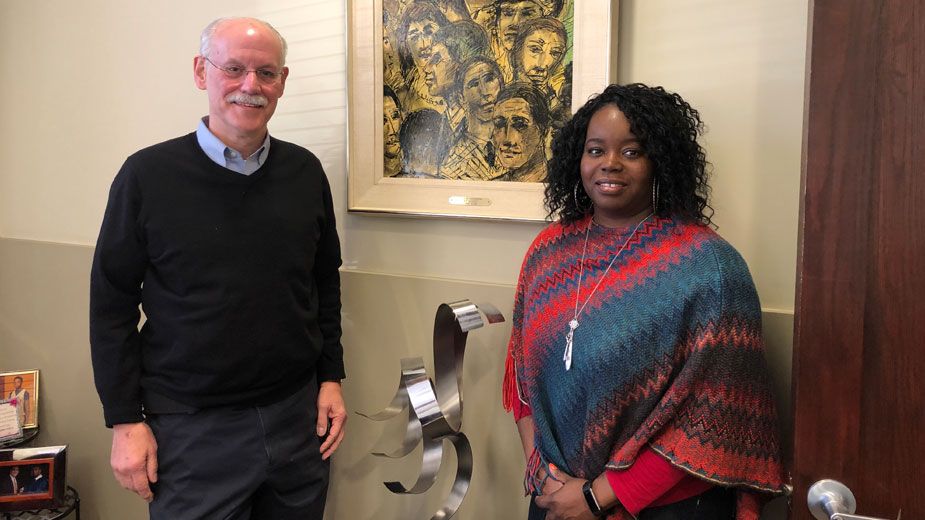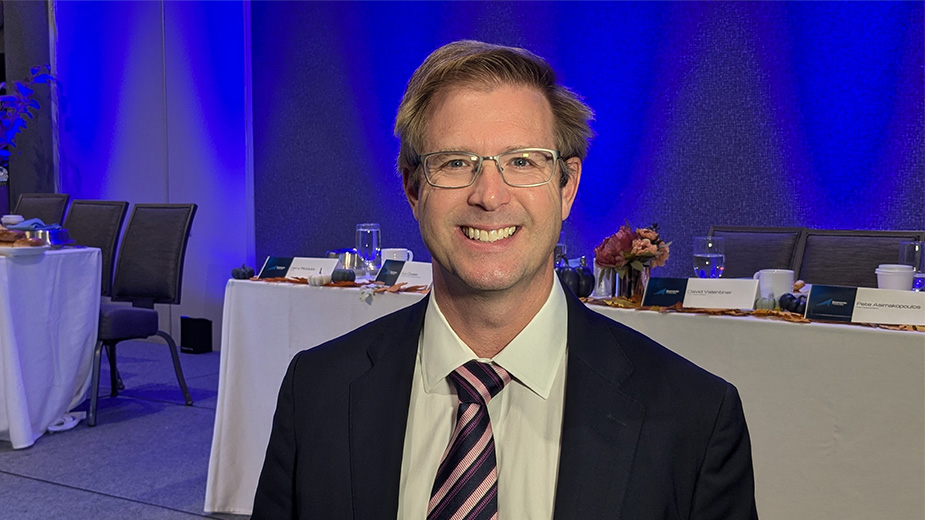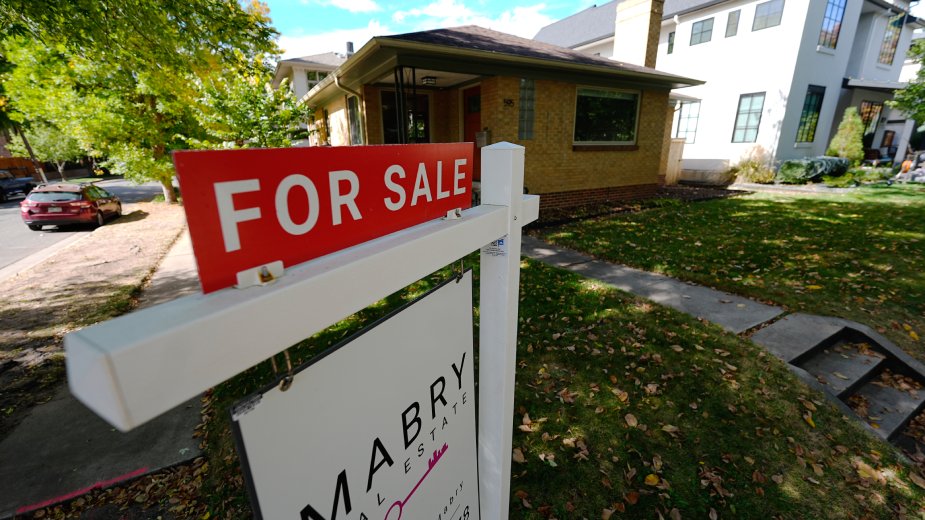Youngstown Charts Development Course for 2020
YOUNGSTOWN, Ohio — Positioning downtown as an entertainment district along the lines of Cleveland’s Playhouse Square and incorporating public transportation as an asset are among the components envisioned as parts of Youngstown’s development strategy.
The strategy is being plotted by Nikki Posterli, hired in September as director of community planning and economic development, and urban planner Hunter Morrison, hired in August. Morrison is a senior fellow in urban studies at the Levin College of Cleveland State University
“There are a lot of major things going on at the same time,” says Posterli, who also serves as chief of staff to Mayor Jamael Tito Brown. She has spent the past three months “assessing where we are internally and making sure that our team is strong enough to leverage the relationships that we’re building and the connections out there,” she reports.
“What we’re doing externally is understanding what other [community] partners are doing, how we can work together to link and leverage our assets, so instead of operating in silos we’re operating as a team,” Morrison says.
One aspect city officials are looking at is Youngstown’s emergence as a performing arts center that has attracted performers on the level of rock star Elton John. Downtown Youngstown now has the second-highest concentration of arts and entertainment in northeastern Ohio, behind only University Circle in Cleveland, Morrison reports.
Over the last 15 years, downtown has added Covelli Centre and, more recently, the Youngstown Foundation Amphitheatre and Raymond John Wean Foundation Riverfront Park, while venues such as Stambaugh Auditorium and the DeYor Performing Arts Center have upgraded or expanded.
“This is an emerging market segment. People come here because they can get to it, because it’s affordable and because it’s cool,” Morrison says.
The concentration is important, he continues. What Cleveland learned from development of its Gateway District is there was a “sweet spot” between the city arena and ballfield that could support restaurants and other venues. The goal is to attract people to come for an event and extend their stay.
“Where’s our [Pittsburgh] Strip District and our Station Square?” Posterli asks. “We’re trying to create that.”
Posterli and Morrison are working to position areas that can be walkable along the lines of the entertainment districts in Cleveland and Pittsburgh, “where you’ve walked three miles to different venues because of the entertainment district before you’ve even realized that you walked that far,” she says.
“That’s a key part of economic development, because a dollar brought in from someplace else is the same as a dollar selling a chunk of steel,” Morrison says. “It’s a dollar from outside your economy that comes into your economy and circulates.”
A groundbreaking is expected this spring on the first phase of the $26 million Strategic & Sustainable, Medical & Manufacturing, Academic & Arts, Residential & Recreational, and Technology & Training centers, or Smart2, Network. That project, funded in part by a $10.8 million federal grant, will bring major upgrades to Fifth Avenue and adjacent streets in the downtown area, as well as the state’s second deployment of autonomous vehicle service.
“That’s a very exciting and transformative initiative,” Morrison says.
The city is working with Eastgate Regional Council of Governments and the other Smart2 partners to ensure the investment “has a lasting and beneficial effect,” Morrison reports.
Transportation is another major element being looked at in the city’s economic development strategy. Improved access to mass transportation, as the Western Reserve Transit Authority is exploring, could make certain properties more attractive.
“One of the things that’s changing in a positive way is WRTA’s effort to increase service, increase connectivity and favor those corridors that have development potential,” Morrison says. Segments of Market Street, for example, have “some near-term potential,” he says. WRTA is pursuing a transit-oriented development grant to “take advantage of the accessibility that transit can provide,” he reports.
The city also is looking at how it can best take advantage of the federal Opportunity Zone program, which targets the city’s center, the Wick Park neighborhood, the Youngstown State University area, St. Elizabeth Youngstown Hospital and the industrial corridors to the east and west, Morrison says.
“It’s a great organizing opportunity as well as an economic development opportunity, but it has to be focused on where we can make deals happen,” Morrison says.
One early focus for the city this year is identifying and assembling properties for development, and strategically demolishing buildings to be “block-ready and site-ready” for commercial or residential development. “We want to make sure that to bring investments, to bring business here, that we have the sites and the resources ready for them,” Posterli says.
In some cases, the best use for vacant properties might be to treat them as wetland areas and sell them off for wetland credits “to basically undo some of the overambitious development in the time of the mill era,” Morrison says.
As part of the strategy to ensure that the development team understands what is happening in the community and is meeting residents’ needs, the department will conduct a series of meetings this year.
“We want to make sure that the needs of residents are included in the economic development process,” Posterli says.
“Before we can start talking about what the projects are, we need to make sure that we have an adequate team in place and that we know the demographics, the needs, what resources that we have and what resources we are going to need.”
Copyright 2024 The Business Journal, Youngstown, Ohio.



